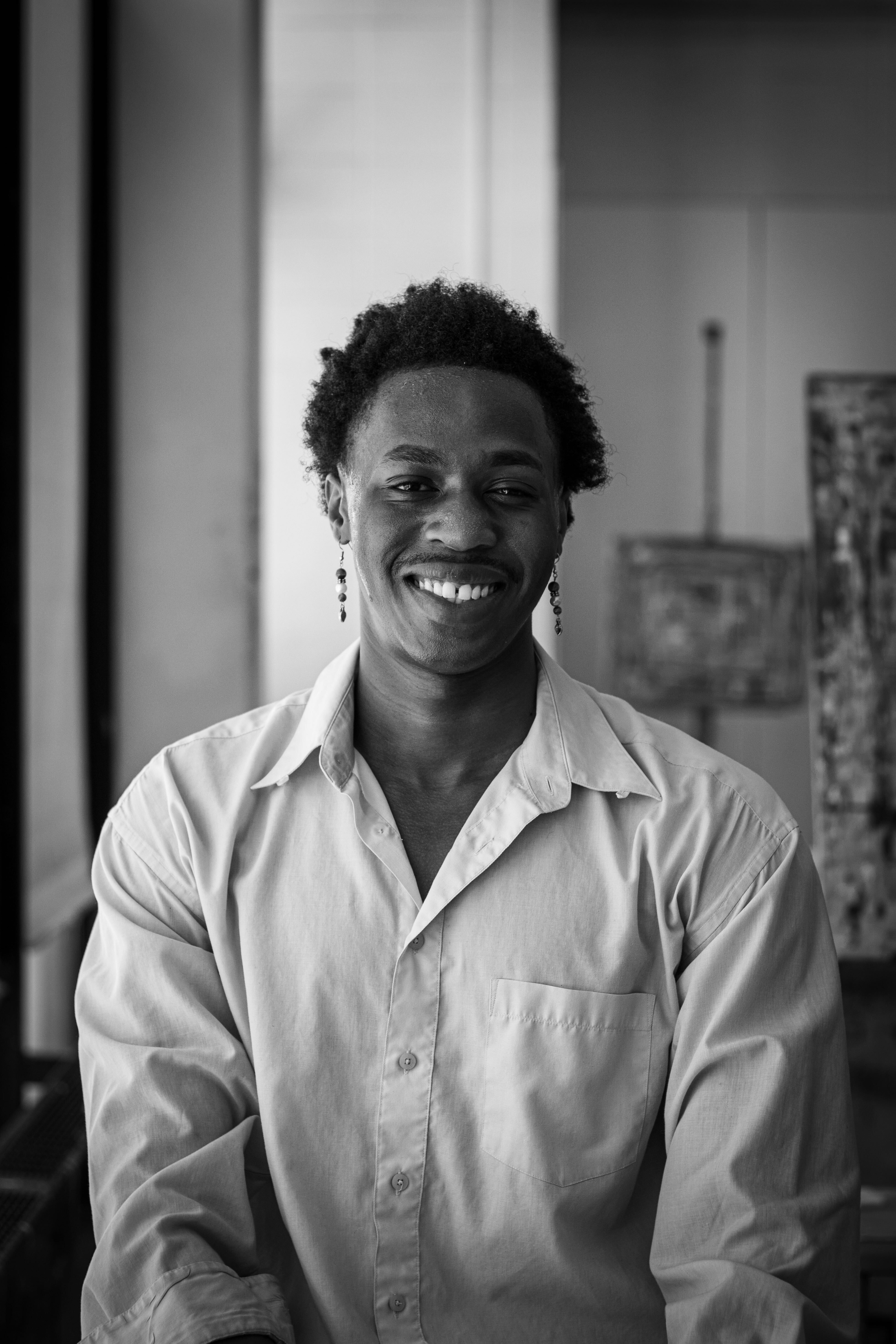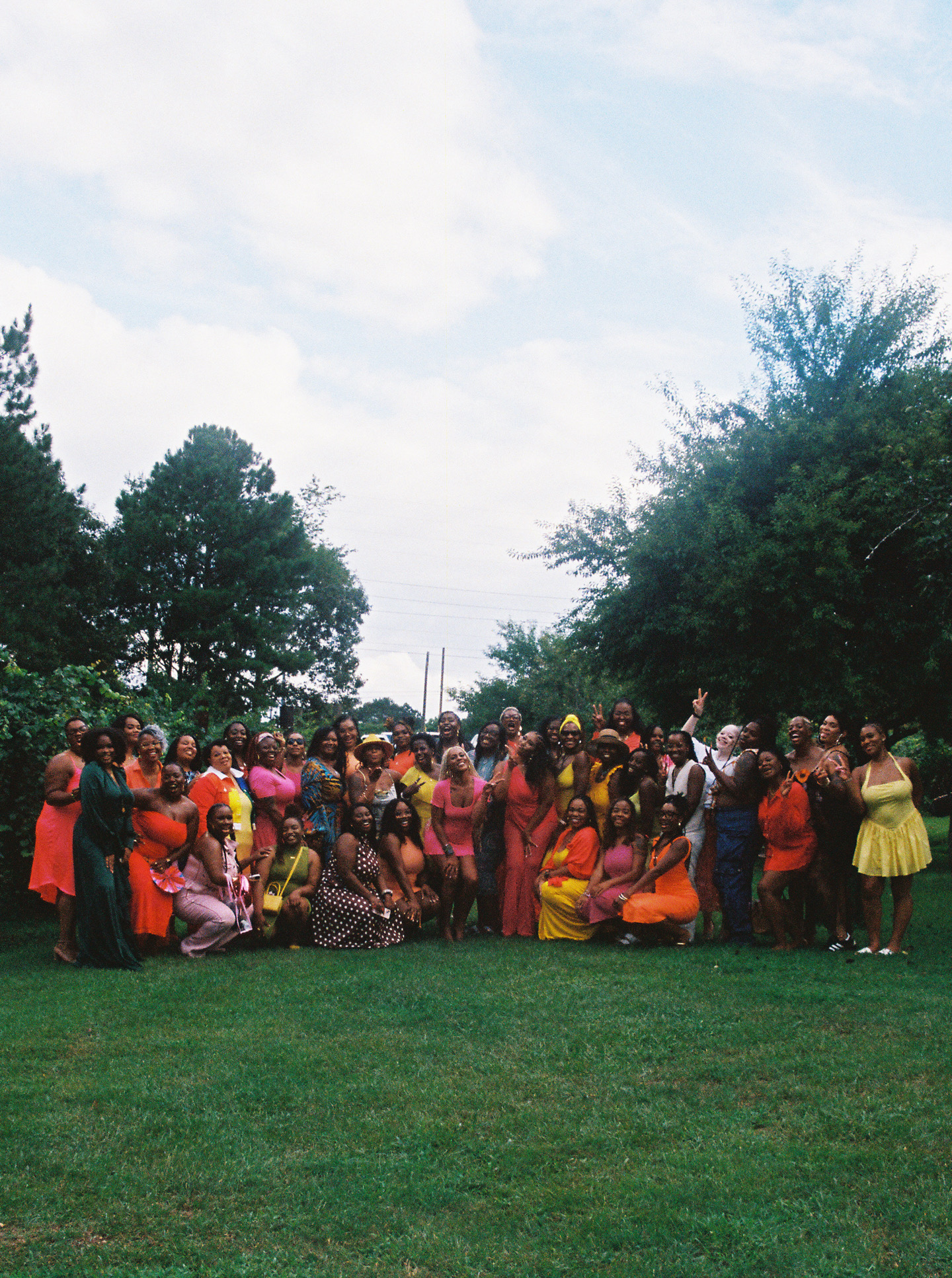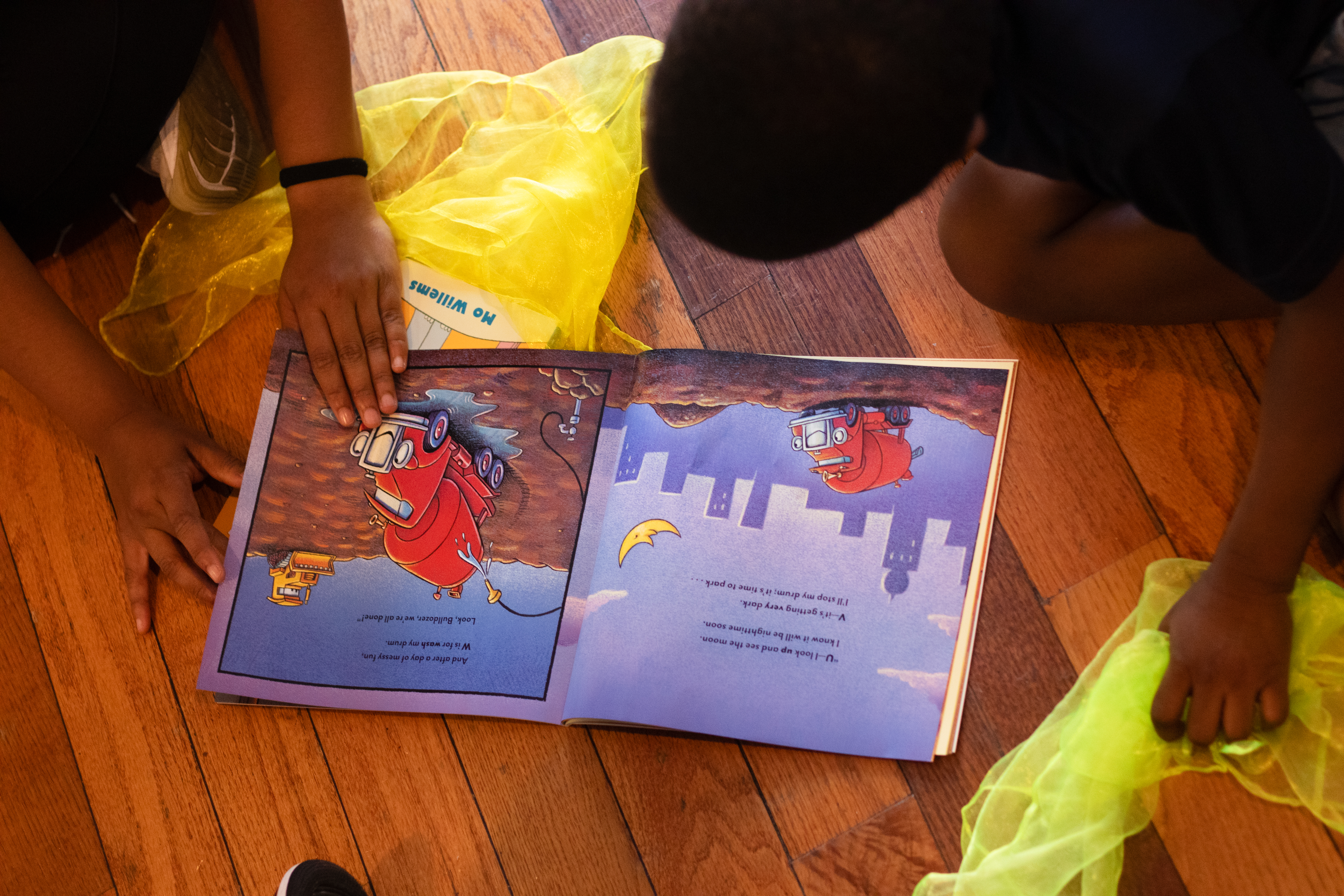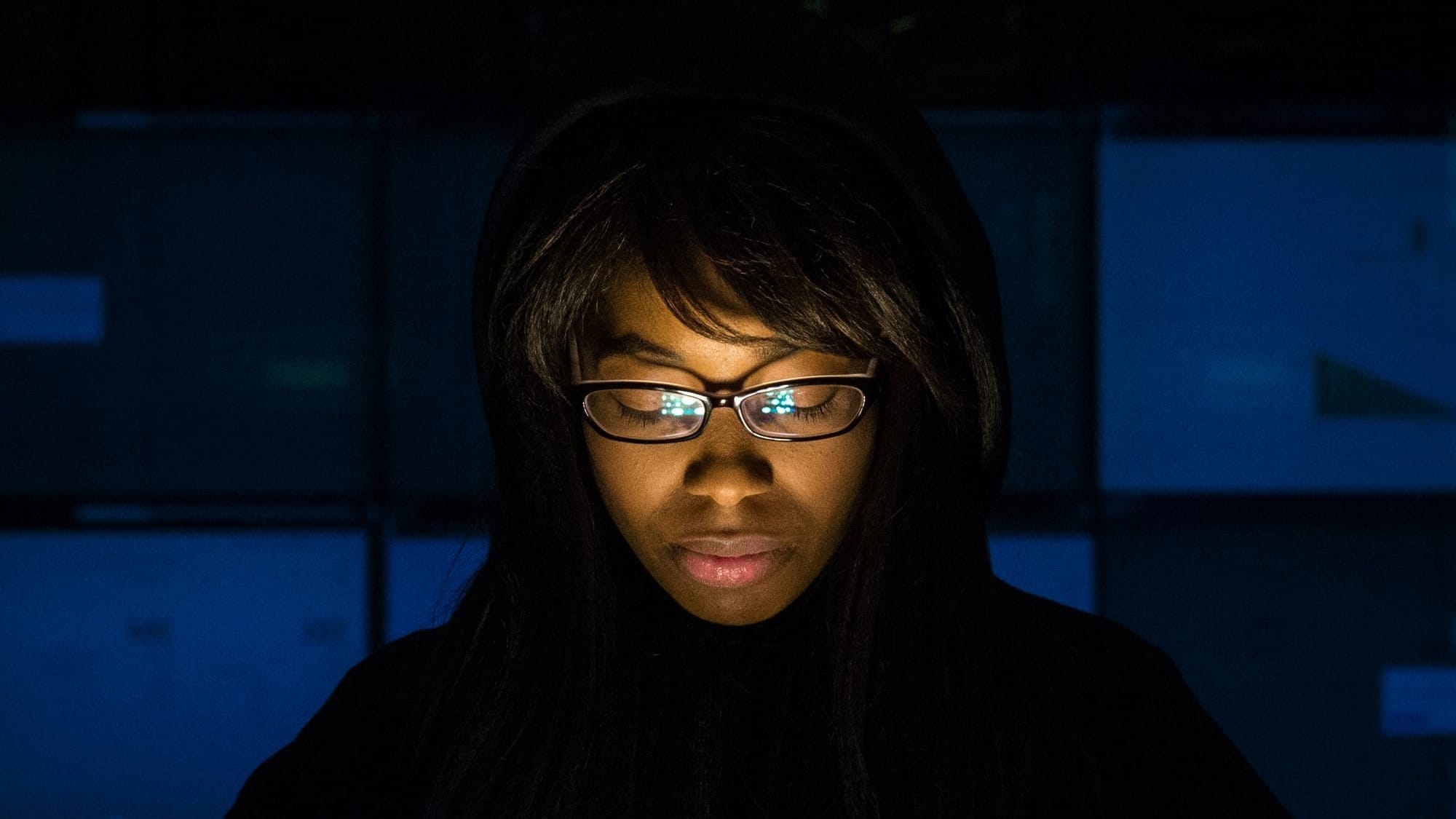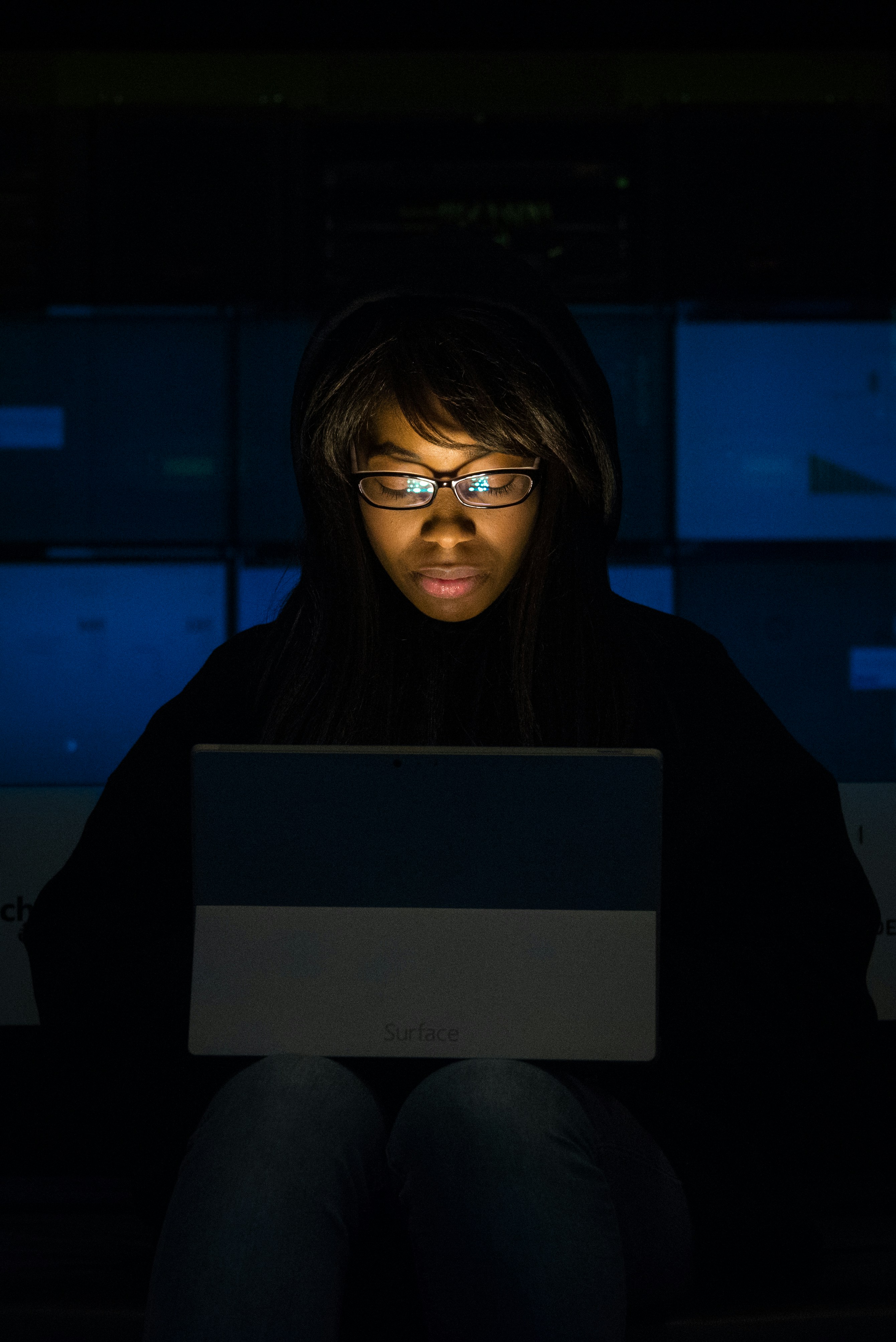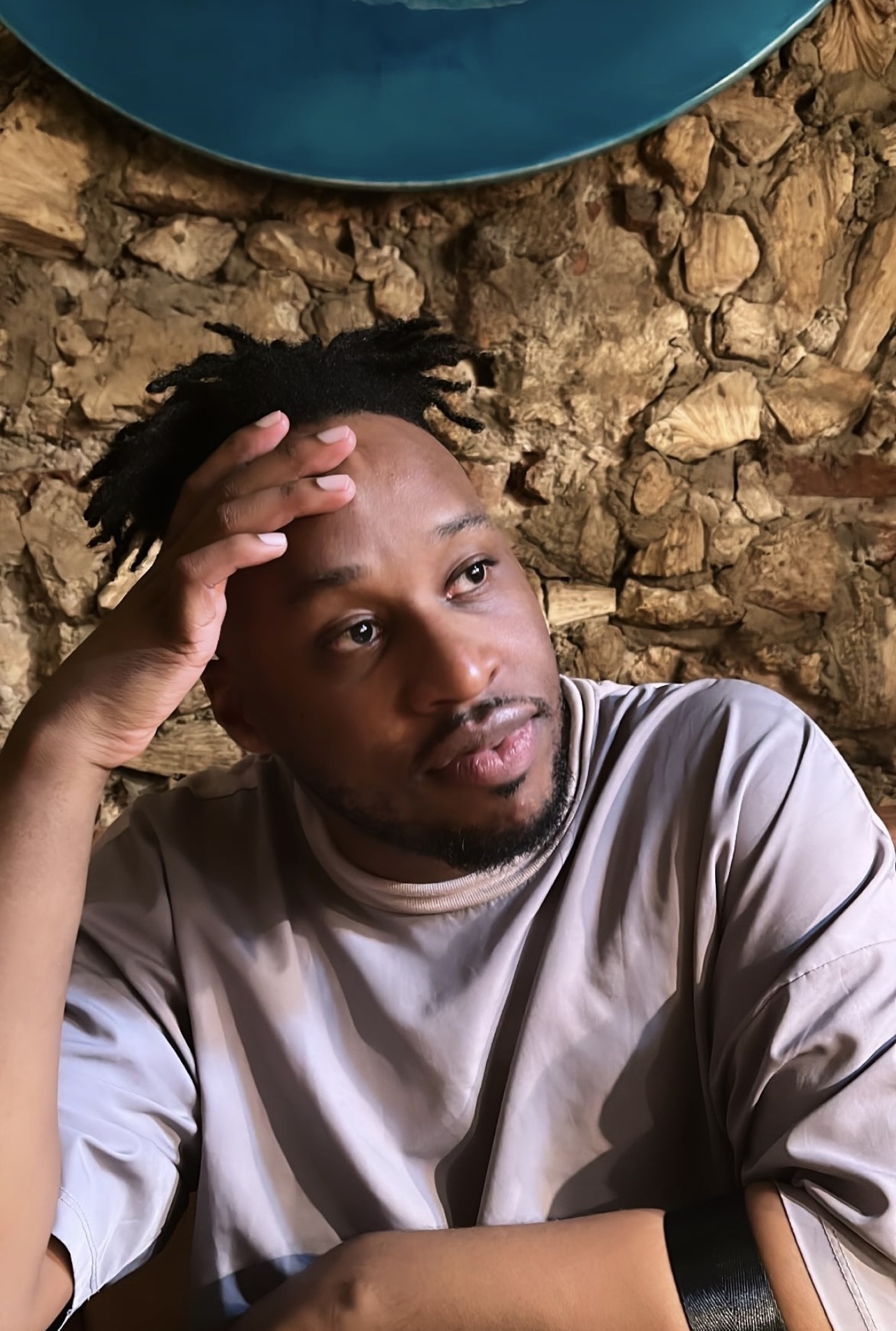Philly History - Muslims in the City and Ramadan
Philly inhabits a diverse array of citizens that melds it into the boiling pot we know and love. One of the most unique demographics is its thriving Muslim population.
Philly inhabits a diverse array of citizens that melds it into the boiling pot we know and love. One of the most unique demographics is its thriving Muslim population. Whether you recognize them by their long thobes, silky abayas, or the iconic Philly beard, it’s for certain Muslims have become a staple part of Philly’s community make up.
If you notice any change in behavior from your Muslim neighbors, it is most likely the 9th and most important month on the Muslim calendar - Ramadan. During the month of Ramadan, Muslims commit daily fasting from sunrise to sunset, abstaining from food and water while strengthening their focus on prayer, spiritual alignment, and overall deen(religious way of life). This culminates to an end of the month celebration, Eid Al Fitr, where Muslims from all over the city pray at their local Mosque before celebrating with family and loved ones within their community.
The history behind the Philly Muslim population taking root in this city dates all the way back to 1920, with the arrival of Moorish Temples, eventually getting overtaken by traditional Sunni Muslims by the 1940s. By 1949, Imam Nasir Ahmed founded the International Muslim Brotherhood in South Philadelphia, the first mosque in the region.
The 1950s and 60s gave rise to the Black supremacist group, The Nation of Islam, founded by Elijah Muhammed and famously championed by leader Malcolm X. This was amidst the maelstrom of uprisings that was the Civil Rights movement and noted the first prominent congregation of Muslims in the city. Through Islam, X united many African Americans, sparking a wave of converts that built the foundation for the Black Muslim population present today. It gave a new light and a radical voice to Black Americans traversing tumultuous times.
Before his death, X took his pilgrimage to Mecca, and upon returning rejected the Nation of Islam in exchange for the Sunni tradition. This was a more holistic, radically inclusive Islamic lifestyle that Muhammed proliferated to the Philly Muslim population. The transition into mainstream Islam connected the Black Philly Muslim population, which was once a grassroots denomination, to the global Islamic movement and cementing its place in the international community.
Though African Americans remain the largest Muslim racial group in America, other Muslims groups have planted their homes in Philly’s soil. Muslim African immigrants in Liberia, Sierra Leone, Somalia, and Sudan arrived throughout the 1980s and 1990s fleeing war in pursuit of a peaceful life. Muslims across the diaspora exchange, interact, and build the collective community that functions today. Walking through the neighborhood or shopping at Muslim stores will reveal the undeniably collective impact of a people joined by faith living in the city of sisterly affection.
So whether it’s through the aspiration of radical freedom, or tailing a life where one can practice faith in peace, Muslims have made their nest in Philly. With each Ramadan that passes, the community flourishes across the city, an American dream bloomed into reality.
